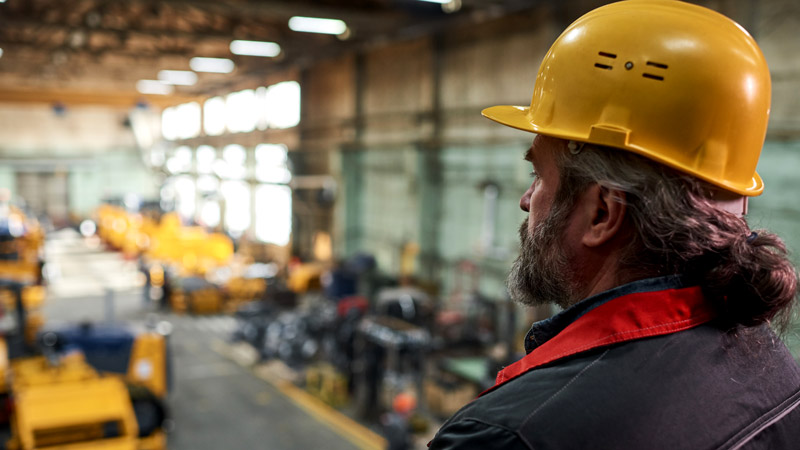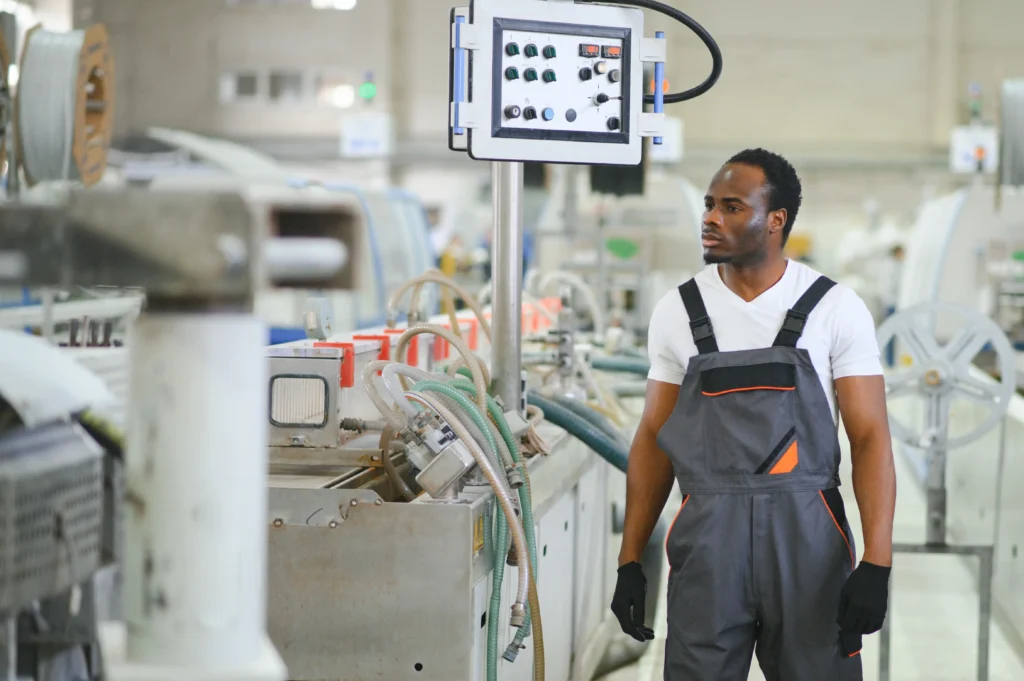Managing complexity in multi-site manufacturing operations is a significant challenge.
With multiple production locations, each potentially using different processes and systems, the task of ensuring and managing consistent quality and operational efficiency across each of those sites becomes daunting.
However, with a strategic approach focusing on standardisation of processes and procedures, effective manufacturing ERP system implementation, and using real-time data, these challenges can be overcome.
Standardisation plays a crucial role in overcoming these challenges.
A well-implemented ERP system, such as DELMIAWorks, can greatly enhance efficiency.
In this article, we will discuss effective strategies to address the unique challenges of running multiple manufacturing sites.
We will highlight the importance of standardisation, using manufacturing specific-software, and using data-driven decision-making.
Understanding the Challenges of Multi-Site Manufacturing
Manufacturing operations spread across multiple sites can lead to a variety of complexities.
These include:
- Inconsistent processes
- Variability in product quality
- Difficulties in communication
- Issues coordinating operations.
Each site may operate independently with its own set of standards and procedures, leading to inefficiencies and increased costs.
Variability in Processes and Standards
One of the primary challenges is the lack of standardisation.
Different sites may have varying levels of technological adoption, skill sets, and operational procedures. This variability can lead to discrepancies in product quality and operational inefficiencies.
Communication and Coordination
Managing multiple manufacturing sites often involves dealing with geographical and cultural differences. Communication barriers can lead to delays and misunderstandings, affecting productivity and quality.

The Role of Standardisation in Multi-Site Operations
Standardisation is key to managing multi-site operations effectively. By implementing uniform processes and procedures across all sites, manufacturers can ensure consistency in quality and efficiency.
Benefits of Standardisation
Standardising processes helps in reducing variability, ensuring that every site produces products that meet the same quality standards. It also simplifies training and onboarding, as employees across different sites follow the same procedures.
Implementing Standardisation
To achieve standardisation, manufacturers should develop a comprehensive set of standard operating procedures (SOPs) that can be applied across all sites.
Regular audits and feedback mechanisms can ensure compliance and continuous improvement.
Using DELMIAWorks ERP for Operational Efficiency
Enterprise Resource Planning (ERP) systems, play a crucial role in managing multi-site manufacturing operations. They provide a centralised platform for managing resources, tracking production, and analysing data.
Choosing the Right Manufacturing ERP System
When selecting an ERP system, it’s essential to choose one that can integrate seamlessly with existing systems and processes.
DELMIAWorks is an example of an ERP system designed specifically for manufacturing, offering features that support multi-site operations, including the use of a single database for effortless coordination.
Benefits of ERP Systems
Through its MES System, DELMIAWorks provides real-time data visibility, enabling manufacturers to make informed decisions.
They streamline operations by integrating various functions such as inventory management, production planning and scheduling, and quality control.
Implementing ERP Systems
Successful ERP implementation requires careful planning and execution. Manufacturers should conduct a thorough needs analysis to understand what features are necessary and involve stakeholders from all levels to ensure buy-in and successful adoption.
Using Real-Time Data for Decision Making
Real-time data is invaluable in managing multi-site manufacturing operations. It allows manufacturers to monitor performance, identify issues early, and make data-driven decisions.
Benefits of Real-Time Data
By leveraging real-time data, manufacturers can gain insights into production processes, identify bottlenecks, and optimize resource allocation. This leads to improved efficiency and reduced downtime.
Implementing Real-Time Data Solutions
To utilize real-time data effectively, manufacturers should invest in IoT-enabled devices and sensors that provide continuous data feeds. Integrating these with DELMIAWorks ensures that decision-makers have access to up-to-date information.

Practical Strategies for Enhancing Multi-Site Operations
Here are some practical strategies to enhance operations across multiple manufacturing sites:
Invest in Training and Development
Continuous training ensures that employees are equipped with the latest skills and knowledge, leading to improved productivity and quality.
Foster a Culture of Continuous Improvement
Encourage a culture where employees are motivated to identify inefficiencies and suggest improvements. This leads to incremental gains in efficiency and quality over time.
Implement Cross-Site Collaboration Tools
Use collaboration tools to facilitate communication and coordination between sites. This helps in sharing best practices and solving common challenges.
Conclusion
Managing complexity in multi-site manufacturing operations is challenging but achievable with the right strategies.
By focusing on standardisation, using ERP systems like DELMIAWorks, and using real-time data, manufacturers can streamline operations, improve product quality, and enhance efficiency across all sites.
Manufacturing managers, business analysts, and ERP consultants can take these insights and apply them to their operations, ensuring consistent quality and operational efficiency in multi-site environments.
By adopting a strategic approach, the complexities of managing multiple manufacturing sites can be turned into opportunities for growth and improvement.
Want to learn more about managing manufacturing operations across multiple sites?
Read our article entitled “Why the standardisation of processes is so important across multiple manufacturing sites“.




